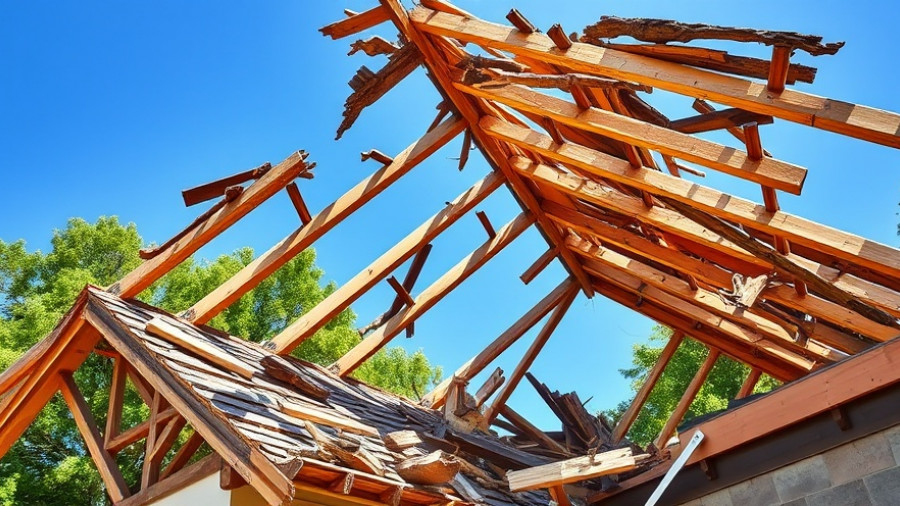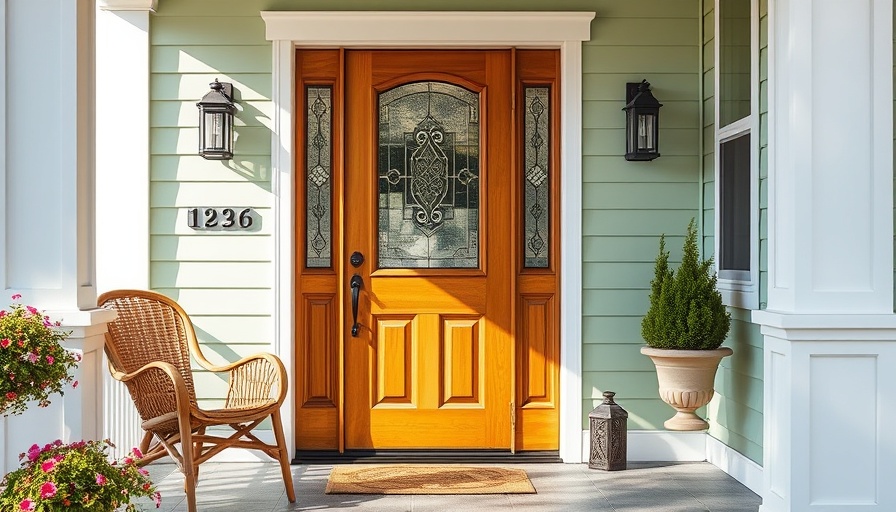
Understanding Your Insurance Coverage for Storm Damage
Residents of Minnesota and Wisconsin are no strangers to fierce storms that often wreak havoc on homes. If you've faced storm damage before, or if you're just looking to bolster your peace of mind, understanding your homeowners insurance is crucial. Lately, many homeowners are caught off guard by changes in their insurance policies that leave them feeling vulnerable and financially burdened. To bridge this knowledge gap, here are four essential questions homeowners should pose to their insurance providers.
1. Do I Have RCV or ACV Coverage?
The first item on the agenda is understanding whether you have Replacement Cost Value (RCV) or Actual Cost Value (ACV) coverage. RCV pays for repairs or replacements of damaged property as it stands today, without deducting for depreciation. While this ensures you're fully covered, it typically comes with higher premiums. On the other hand, ACV reflects the property's current market value minus depreciation, leading to potentially lower monthly costs, but could leave you liable for a significant out-of-pocket expense when replacing damaged property.
2. What Is My Deductible?
It's imperative to inquire about your deductible, as many policies now feature substantially higher deductibles than what homeowners may have encountered a decade ago. For instance, a deductible could easily span from $3,000 to $10,000, depending on your coverage. Being aware of what you’re responsible for paying out-of-pocket when disaster strikes prepares you for the unexpected.
3. What Types of Deductibles Are in My Policy?
Homeowners should also clarify the type of deductibles their policy uses. There are flat deductibles, which are fixed amounts (e.g., $2,500), and percentage deductibles tied to the value of your home that can vary based on the type of disaster. Understanding these subtleties can greatly affect your financial readiness in the event of a claim.
4. Am I Aware of Cosmetic Damage Exclusions?
Lastly, uncover whether your policy includes a cosmetic damage exclusion. Many homeowners might overlook the fact that insurance companies often do not cover damage that only affects a home’s aesthetic appearance. If you want that kind of coverage, a special endorsement or rider is usually necessary. Protecting your property goes beyond simply patching up functional damage; it also means considering how visual aesthetics can be covered.
In conclusion, effective communication with your insurance provider can uncover hidden gaps in your storm damage coverage. With Minnesota and Wisconsin's storm-prone climates, homeowners must act proactively to ensure they are fully protected.
For personalized help or to file a claim after storm damage, reach out to a home restoration specialist to learn how they can aid in navigating this complex landscape.
 Add Row
Add Row  Add
Add 




Write A Comment